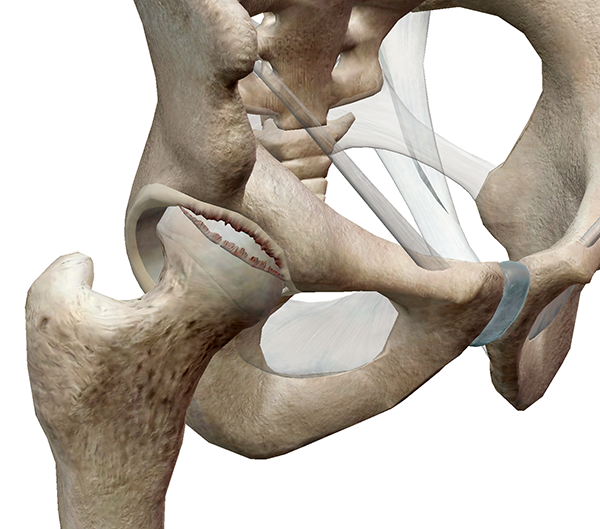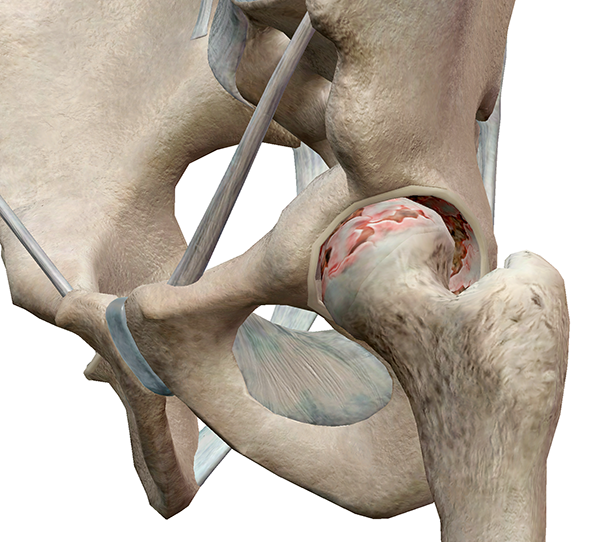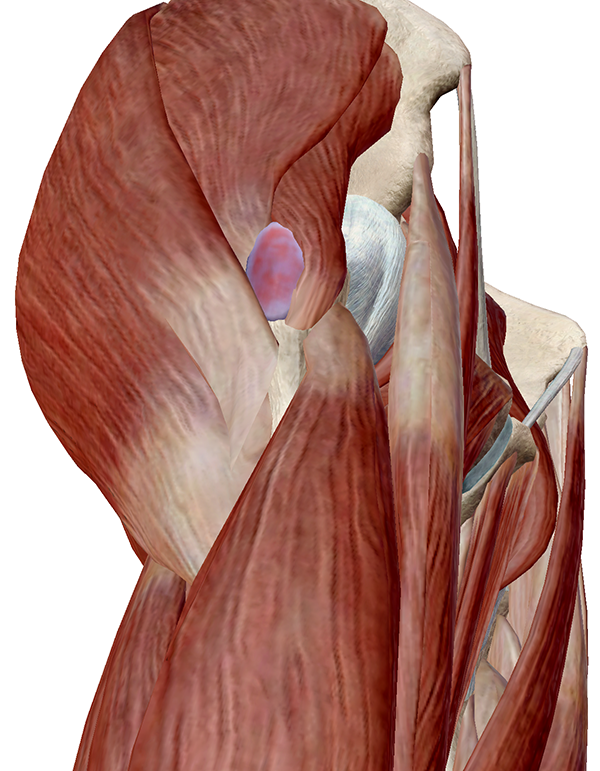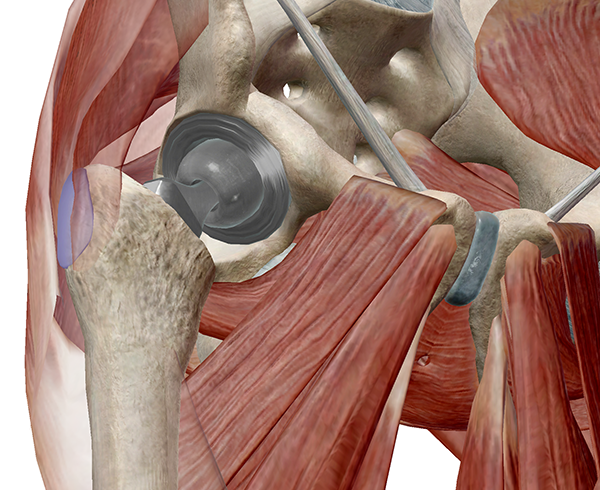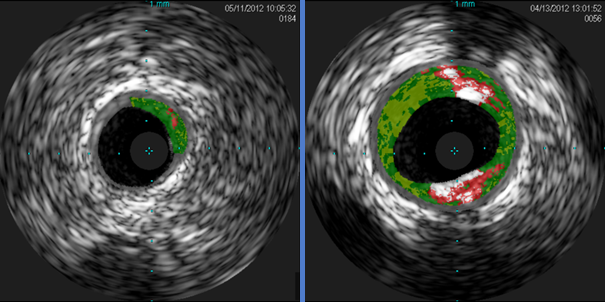June 26, 2018 -- A large study out of Norway found that women with dense breast tissue do have higher odds of both screen-detected and interval breast cancer -- and that automated breast density measurement tools can accurately categorize tissue density, according to a study published online June 26 in Radiology.
The findings suggest that automated density measurement tools offer an effective alternative to subjective density assessments, and they point to the need to continue notifying women of their tissue density and improving supplemental screening methods, wrote Dr. Liane Philpotts of Yale School of Medicine in an editorial that accompanied the research.
"This study is important for two main reasons," Philpotts wrote. "First, [it] provides validation that automated means of density classification can correctly identify a percentage of women with dense tissue. Second, women with dense tissue have poorer performance at screening mammography. This study lends support to the density notification movement, along with redoubling efforts toward optimizing methods of supplemental screening."
Density matters
Breast density has been under examination in recent years as researchers have investigated its effects on screening mammography and, in light of mammography's limitations with dense tissue and a grassroots density notification movement, sought to develop alternative imaging options. All along, the issue of how to characterize breast tissue -- whether through radiologists' subjective judgments based on the BI-RADS scale or through automated tools -- has continued to be debated.
"No reference standard exists for breast density determination," wrote the team led by Dr. Nataliia Moshina, PhD, from the Cancer Registry of Norway in Oslo. "[And although for example, in] the United States, more than half the states have enacted breast density notification legislation ... [which] mandates that women should be informed about their breast density or that additional imaging could be beneficial ... supplemental screening for women with dense breasts is not currently recommended by any major societies or organizations."
Moshina and colleagues sought to assess the effectiveness of automated volumetric breast density measurement software in identifying women with dense tissue, as well as to examine how dense breast tissue affects screening performance and outcomes. The group used data from BreastScreen Norway, a screening initiative coordinated by the Cancer Registry of Norway, and included 107,949 women between the ages of 50 and 69 who underwent 2D screening mammography between January 2007 and December 2015, resulting in 307,015 exams. Moshina's team tracked recall, biopsy, and rates of screen-detected and interval cancer, along with sensitivity, specificity, and histopathologic tumor characteristics.
Breast density was assessed with automated software from Volpara Solutions, which uses a four-category scale considered comparable to BI-RADS density categories:
- Density grade 1: ≤ 4.5% density (BI-RADS 1, fatty tissue)
- Density grade 2: 4.5% to 7.49% density (BI-RADS 2, scattered fibroglandular tissue)
- Density grade 3: 7.5% to 15.49% density (BI-RADS 3, heterogeneously dense tissue)
- Density grade 4: ≥ 15.5% density (BI-RADS 4, extremely dense tissue)
Of the total number of breasts screened, 28% were classified as dense. The researchers found that dense breast tissue translated into higher recall rates, lower mammographic sensitivity, larger tumor size, and more lymph node-positive disease.
| Characteristics of screen-detected cancers by density category | |||
| Measure | Nondense tissue (volumetric density < 7.5%) | Dense tissue (volumetric density ≥ 7.5%) | p-value |
| Biopsy rate | 1.1% | 1.4% | < 0.0001 |
| Positive lymph node | 18% | 24% | 0.02 |
| Rate of interval cancer (per 1,000 exams) | 1.2 | 2.8 | < 0.0001 |
| Rate of screen-detected cancer (per 1,000 exams) | 5.5 | 6.7 | 0.0001 |
| Recall rate | 2.7% | 3.6% | < 0.0001 |
| Sensitivity | 81.6% | 70.8% | < 0.0001 |
| Specificity | 97.9% | 97% | < 0.0001 |
| Tumor diameter (mean) | 15.1 mm | 16.6 mm | 0.009 |
The adjusted odds of screen-detected breast cancer were 1.37 times higher in women with dense breasts than in those with nondense tissue. In addition, the odds of interval cancer were 2.93 times higher in women with dense tissue than in their nondense counterparts, the researchers found.
"These findings suggest that mammographic density impacts the performance of breast cancer screening and the results show worse outcome for women with dense breasts," corresponding author Solveig Hofvind, PhD, told AuntMinnie.com via email. "The study corroborates previous findings on the association of high breast density and less favorable tumor characteristics, including tumor size and lymph node involvement."
Dealing with density
Using automated volumetric density assessment software helped Moshina's team confirm that women with dense breast tissue have higher recall and biopsy rates and higher odds of screen-detected and interval breast cancer, as well as larger tumors and more positive lymph nodes. Although the higher recall and biopsy rates were likely due to interpretation challenges, they noted that these rates were still substantially lower than rates in the U.S., which are usually around 10%.
The researchers also emphasized that the relatively small difference in biopsy rates between women with dense and nondense breast tissue is "clinically relevant for a screening program that covers about 85% of the 600,000 women in [Norway's] target population." And the finding that mammography is less sensitive in dense tissue underlines the need to find effective supplemental imaging.
"The lower sensitivity of mammography screening among women with dense breasts indicates that mammographic screening is less effective for [them]," the group wrote. "This is because of a higher rate of interval breast cancers with less favorable tumor characteristics compared with screen-detected breast cancers."
The study suggests that automated volumetric density categorization software is a helpful tool for identifying women at higher risk of breast cancer, and it could improve the way women with dense tissue are identified and tracked, Philpotts concluded in her editorial.
"Automated volumetric determination could better standardize density compared with subjective methods and provide greater confidence that this group of women could consistently be identified," she wrote. "This should also help radiology practices to be open to adopting methods to screen such women. Breast density is here to stay, and it is in everyone's best interest to embrace understanding and optimization of breast imaging practice to best address the needs of women with dense tissue."















